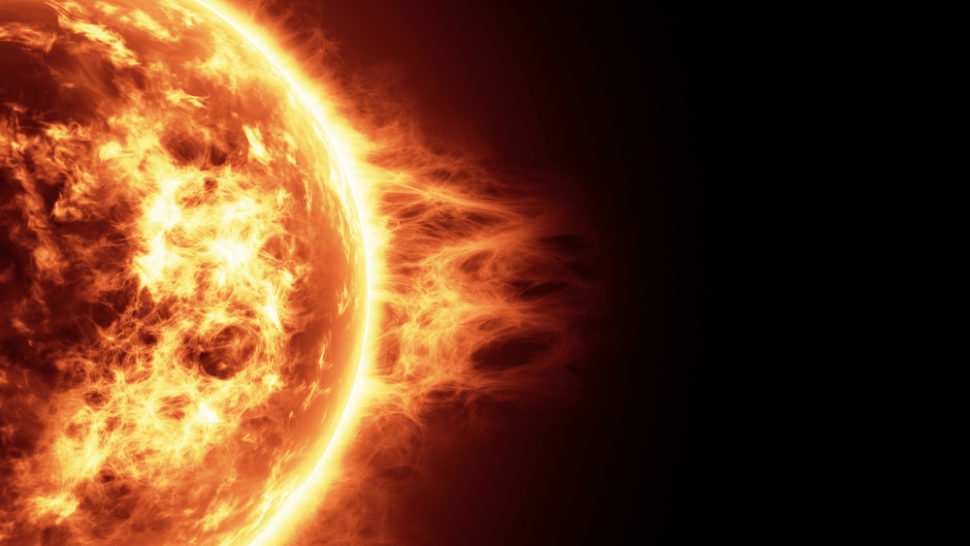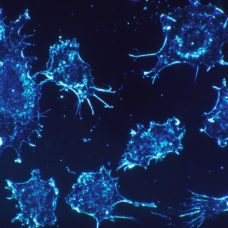Humans are not wired to survive in space.
Some severe threats in the vacuum of space include the lack of oxygen and pressure. Besides removing body heat, astronauts also have to protect themselves from the onslaught of deadly cosmic rays.
High levels of radiation can damage the lymphocyte — cells involved in maintaining the immune system. As the threat persists, so does the chance of developing diseases such as cancer and Alzheimer’s.
Luckily, the Earth’s magnetic field partially protects the crew that is on the International Space Station. Thanks to the magnetosphere, solar wind is deflected around the Earth and the ISS.
Be that as it may, solar flares are strong enough to warp and penetrate magnetic defenses. As such, the rays are still a hazard to astronauts.
Now, a team of scientists from various universities is considering an unusual solution for fighting cosmic rays on the ISS. It’s a strand of fungi from one of the most radioactive places on Earth — Chernobyl.
The researchers published their findings — yet to undergo peer review — in the pre-print repository bioRxiv on July 17.
Using Fungus from Chernobyl to Fight Cosmic Rays on the ISS

The 1986 explosion that destroyed the No. 4 reactor at the Chernobyl Nuclear power plant resulted in extreme radiation levels.
In some parts of the plant, the radiation level is so high that exposure could kill humans in a minute. Meanwhile, several fungi species have thrived in Chernobyl, feeding on the extreme levels of radiation.
So, researchers placed one such fungus, C. sphaerospermum, aboard the ISS for 30 days to analyze its ability to block radiation. The fungi contain a pigment called melanin, which can absorb radiation and turn it into energy.
Findings from the proof-of-concept study revealed that the fungi were able to adapt to microgravity. It also blocked some of the incoming radiation, decreasing the levels by almost 2 percent.
Indeed, that’s not enough to keep the astronauts sage. However, the fungi sample in question was only two millimeters thick. According to the scientists, a 21-centimeter thick layer would be enough to protect future Mars settlers.
One primary advantage of the fungus is its ability to self-replicate from a tiny amount.
In a statement to New Scientist, Stanford researcher and co-author of the study, Nils Averesch said:
“What makes the fungus great is that you only need a few grams to start out. It self-replicates and self-heals. So, even if there’s a solar flare that significantly damages the radiation shield, it will grow back in a few days.”
Eventually, the fungi could help shield bases on the moon or Mars, serving as a critical groundwork for space exploration.



















Comments (0)
Least Recent